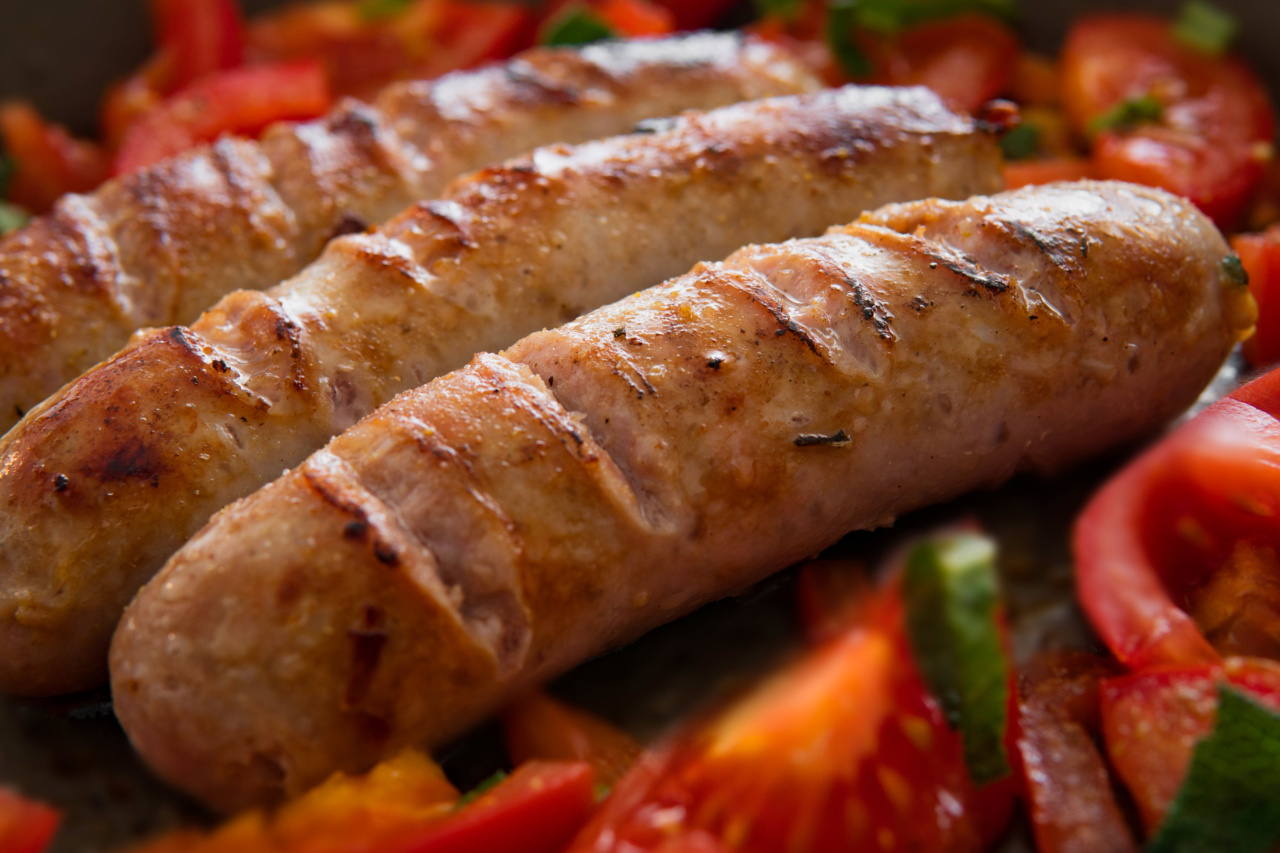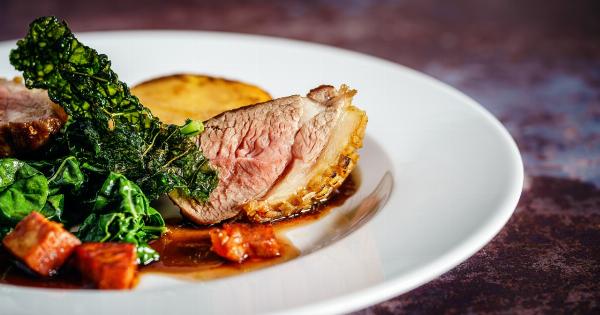Roasting meat is a popular cooking method that gives meat a delicious flavor and attractive appearance.
However, recent studies have shown that roasting meat can lead to the formation of cancer-causing compounds, which can have detrimental effects on our health. In this article, we will explore the dangers of roasting meat and the specific compounds that are produced during the cooking process.
1. Polycyclic Aromatic Hydrocarbons (PAHs)
When meat is roasted at high temperatures, such as on a grill or in an oven, it can lead to the formation of polycyclic aromatic hydrocarbons (PAHs).
PAHs are a group of chemicals that form when fat and juices from meat drip onto hot surfaces or open flames, causing the release of smoke. The smoke carries the PAHs, which then adhere to the surface of the meat.
Research studies have linked exposure to PAHs with an increased risk of several types of cancer, including lung, breast, and pancreatic cancer. PAHs have been shown to be genotoxic, meaning they can damage DNA and initiate cancer development.
2. Heterocyclic Amines (HCAs)
Another group of cancer-causing compounds that are produced during the roasting process are heterocyclic amines (HCAs). HCAs are formed when amino acids and creatine, a compound found in muscle, react at high temperatures.
HCAs have been extensively studied and have been associated with an increased risk of colorectal, stomach, and prostate cancer. The level of HCAs formed depends on the cooking method, temperature, and duration of cooking.
Cooking meat at higher temperatures or for longer periods can result in higher levels of HCAs.
3. Acrylamide
Although not directly related to roasting meat, acrylamide is a compound that is formed when starchy foods, such as potatoes or bread, are roasted or heated at high temperatures.
However, acrylamide can also be formed in small amounts when meat is roasted.
Acrylamide has been classified as a probable human carcinogen by the International Agency for Research on Cancer (IARC). It has been linked to an increased risk of several types of cancer, including kidney, ovarian, and endometrial cancer.
The formation of acrylamide in meat is believed to be a result of the reaction between amino acids and sugars present in the meat.
4. Advanced Glycation End Products (AGEs)
Roasting meat at high temperatures can also lead to the formation of advanced glycation end products (AGEs). AGEs are formed when sugars react with proteins or fats during cooking, resulting in a browning effect on the surface of the meat.
Although the exact role of AGEs in cancer development is not fully understood, research has shown that they can promote inflammation and oxidative stress, both of which are linked to an increased risk of cancer.
AGEs have also been implicated in the development of other chronic diseases, such as diabetes and Alzheimer’s disease.
5. Tips for Minimizing the Risk
While the dangers of roasting meat are concerning, there are steps you can take to minimize the risk of exposure to cancer-causing compounds:.
– Choose lean cuts of meat: Fat dripping onto hot surfaces is a major source of cancer-causing compounds. Opting for lean cuts of meat can help reduce the amount of fat and the resulting smoke.
– Marinate the meat: Marinating meat before roasting has been found to reduce the formation of HCAs.
Certain marinades, such as those containing acidic ingredients like lemon juice or vinegar, can be especially effective in reducing the formation of cancer-causing compounds.
– Partially cook the meat before roasting: Pre-cooking the meat in the microwave or stovetop before roasting can help reduce the cooking time required, thereby minimizing the formation of cancer-causing compounds.
– Use indirect heat: When grilling, using indirect heat by placing the meat away from the flames can help reduce the production of PAHs. This can be achieved by creating a two-zone fire or by using a grill with a lid.
– Flip frequently: Flipping the meat frequently during the cooking process can help prevent the formation of excessive amounts of HCAs.
Conclusion
While roasting meat can provide delicious flavors and pleasing aromas, it is important to be aware of the dangers associated with its consumption.
The formation of cancer-causing compounds such as PAHs, HCAs, acrylamide, and AGEs during the roasting process poses a significant health risk.
By following the tips mentioned above and being mindful of the cooking methods and temperatures used, it is possible to enjoy roasted meats while minimizing exposure to these harmful compounds.
As always, a balanced and varied diet that includes a wide range of foods is essential for maintaining good health.



























